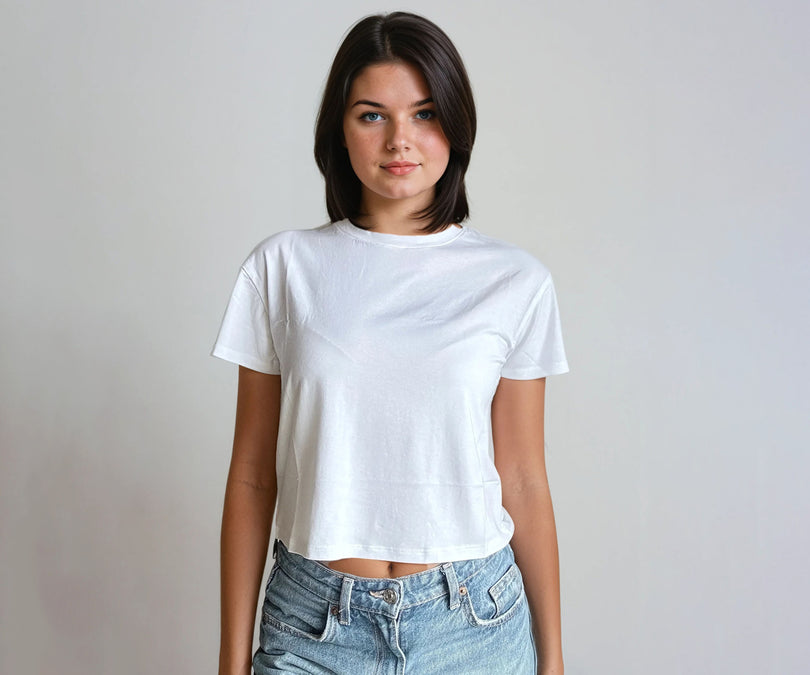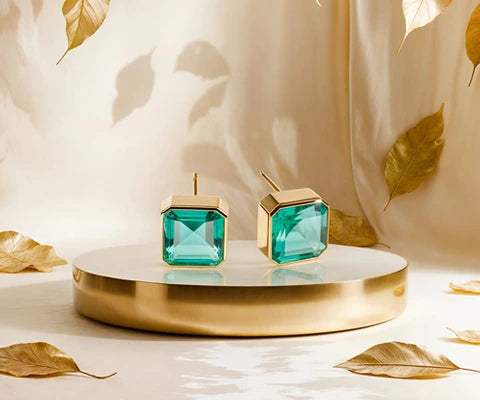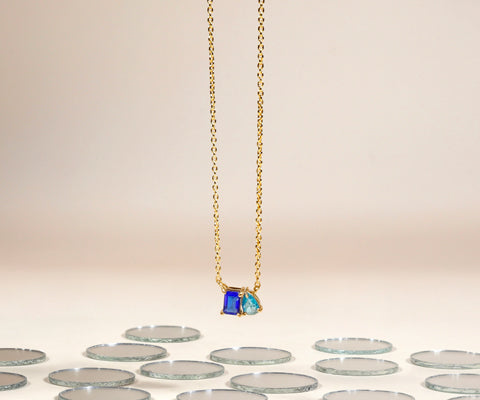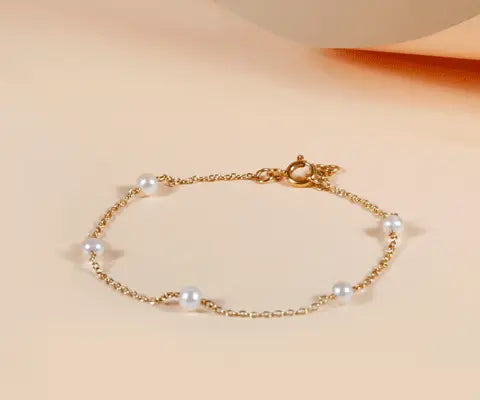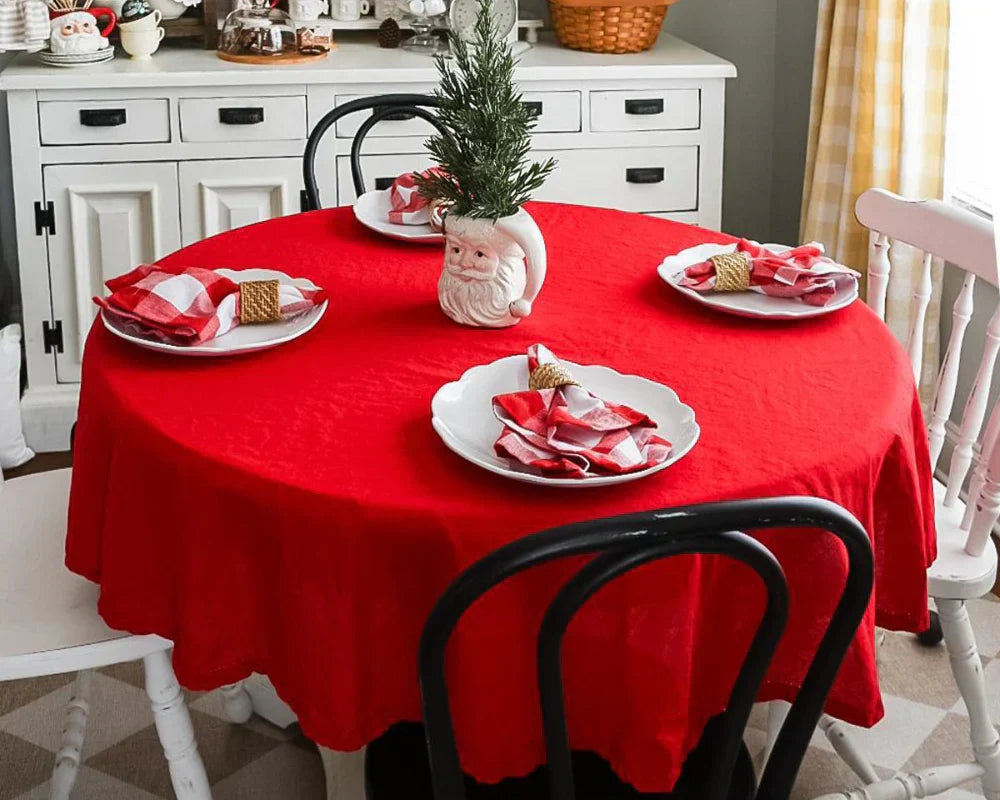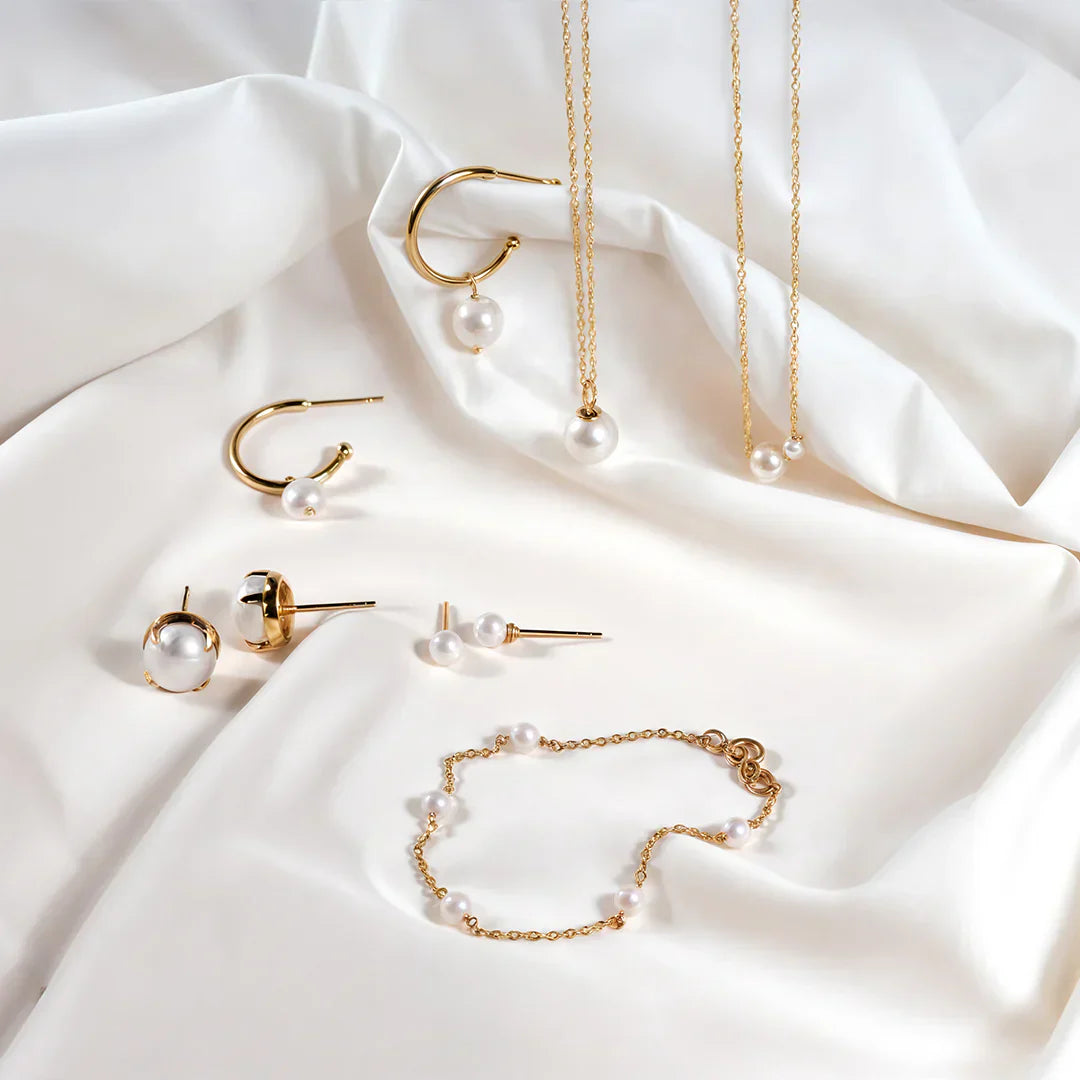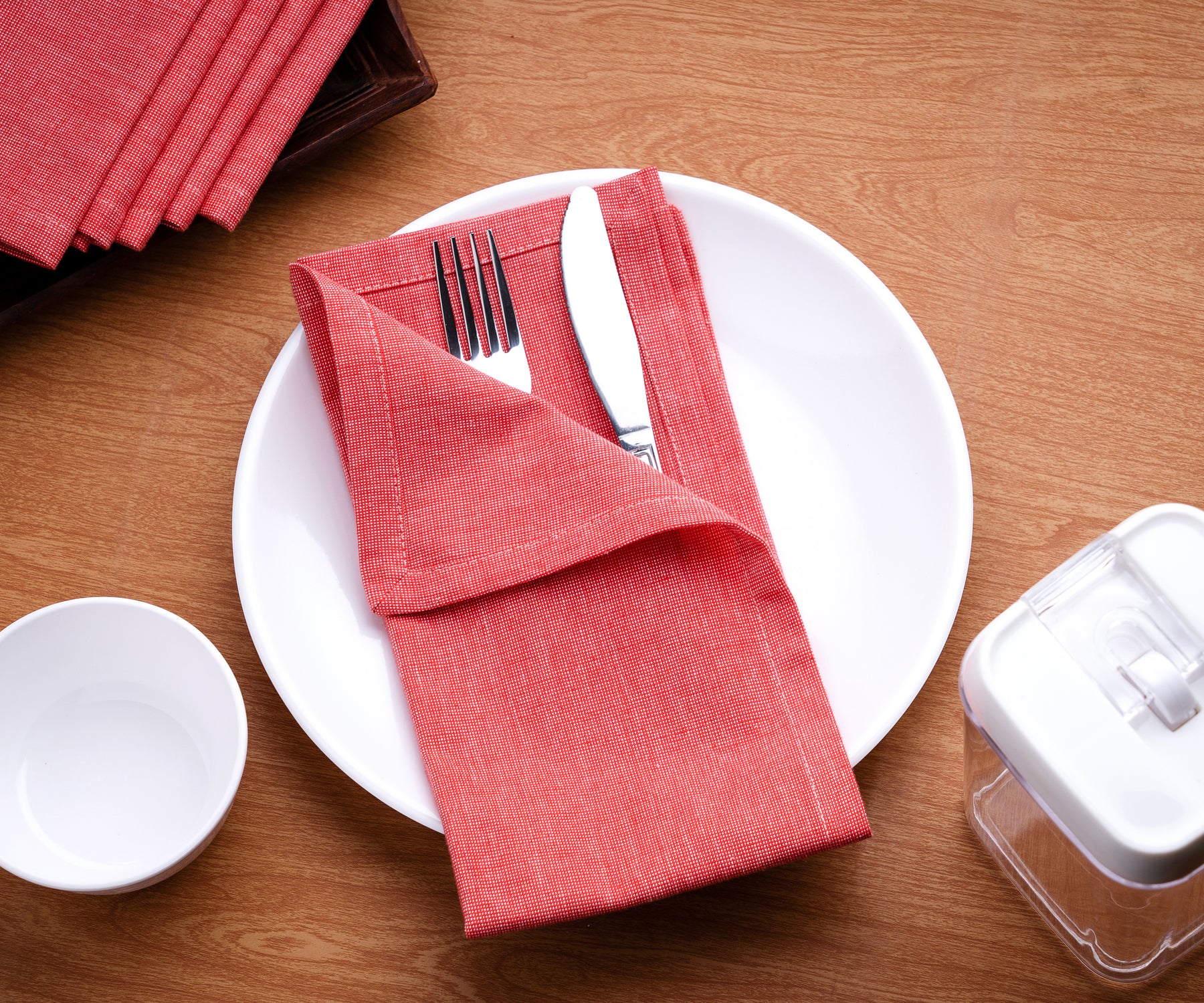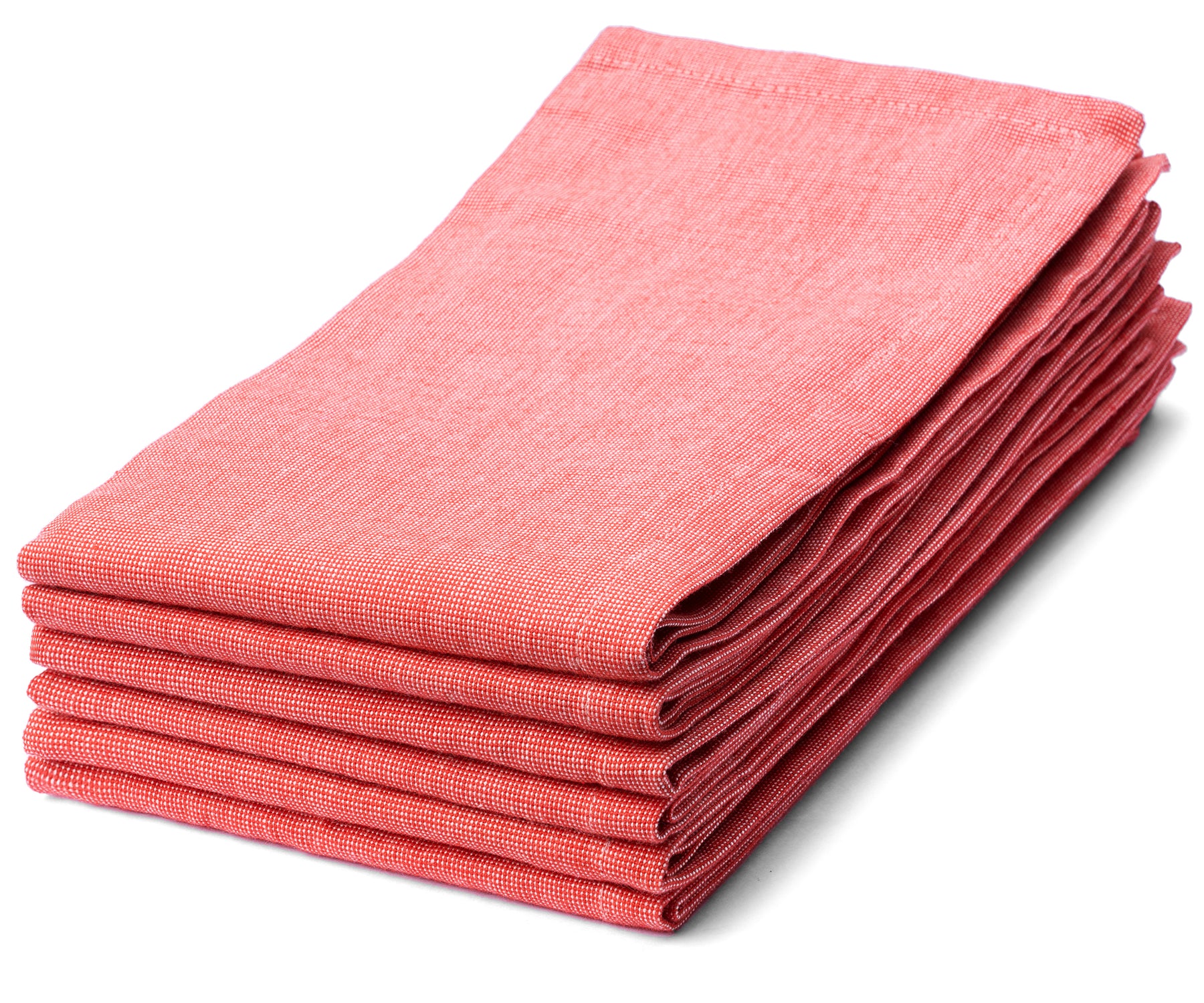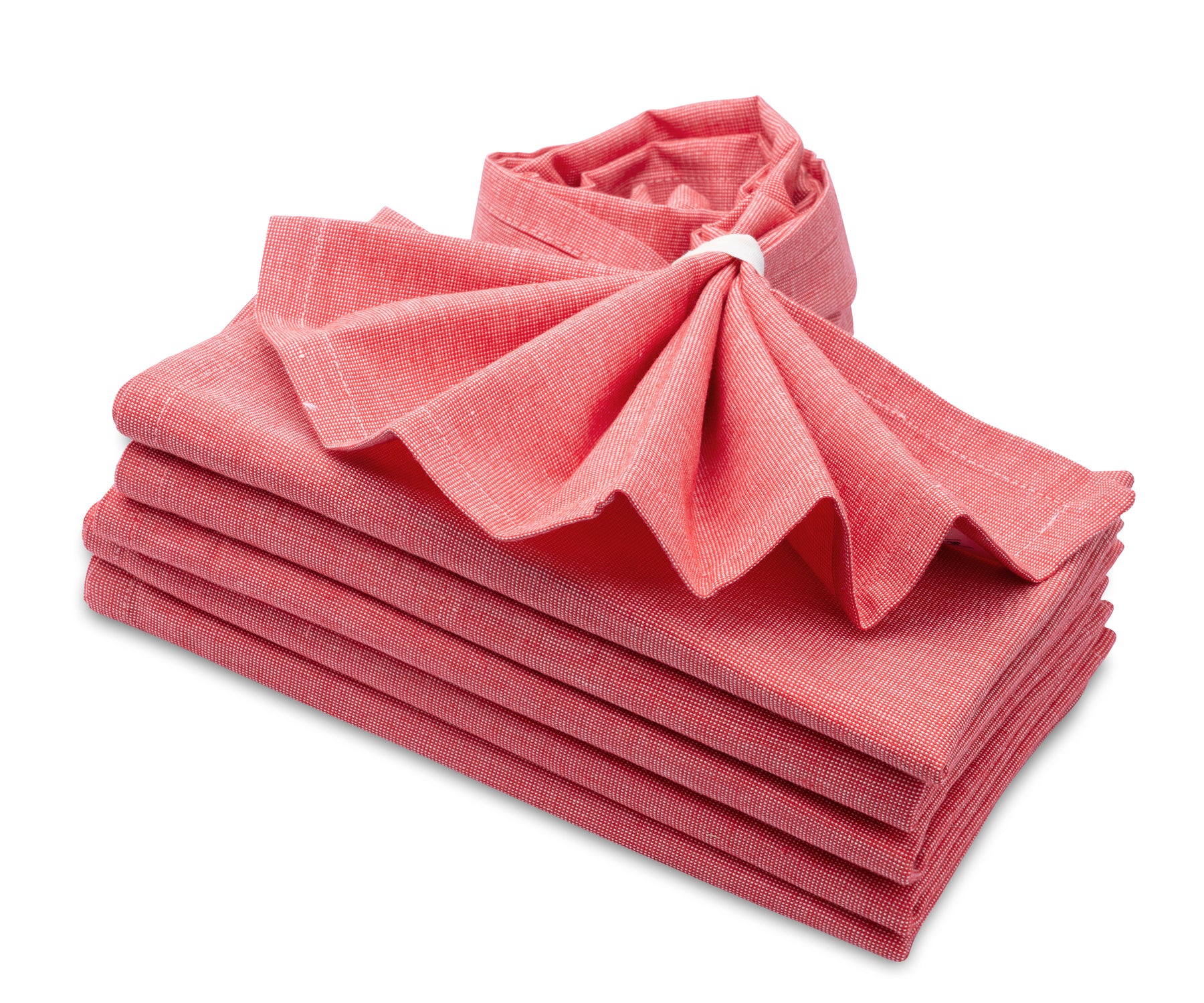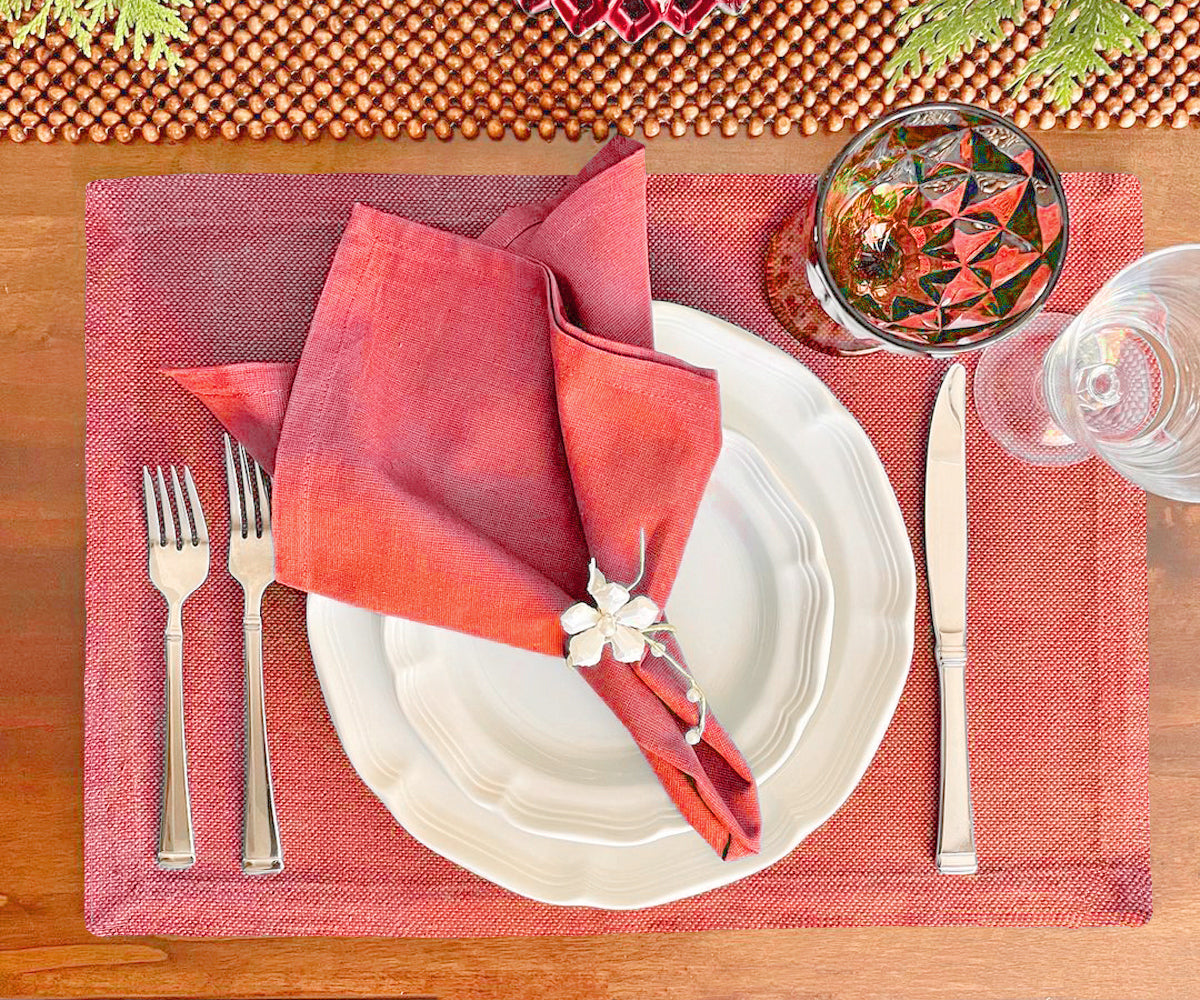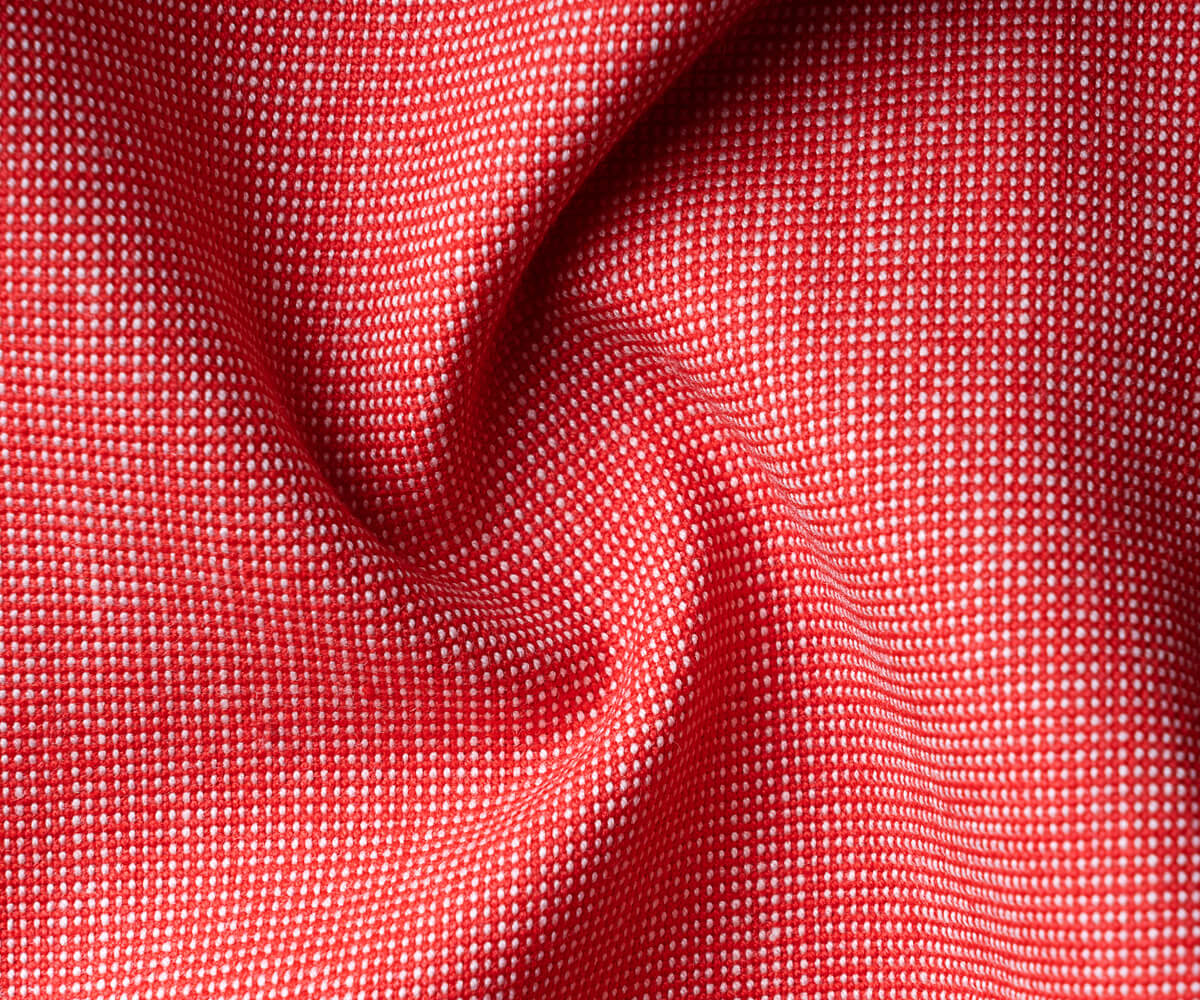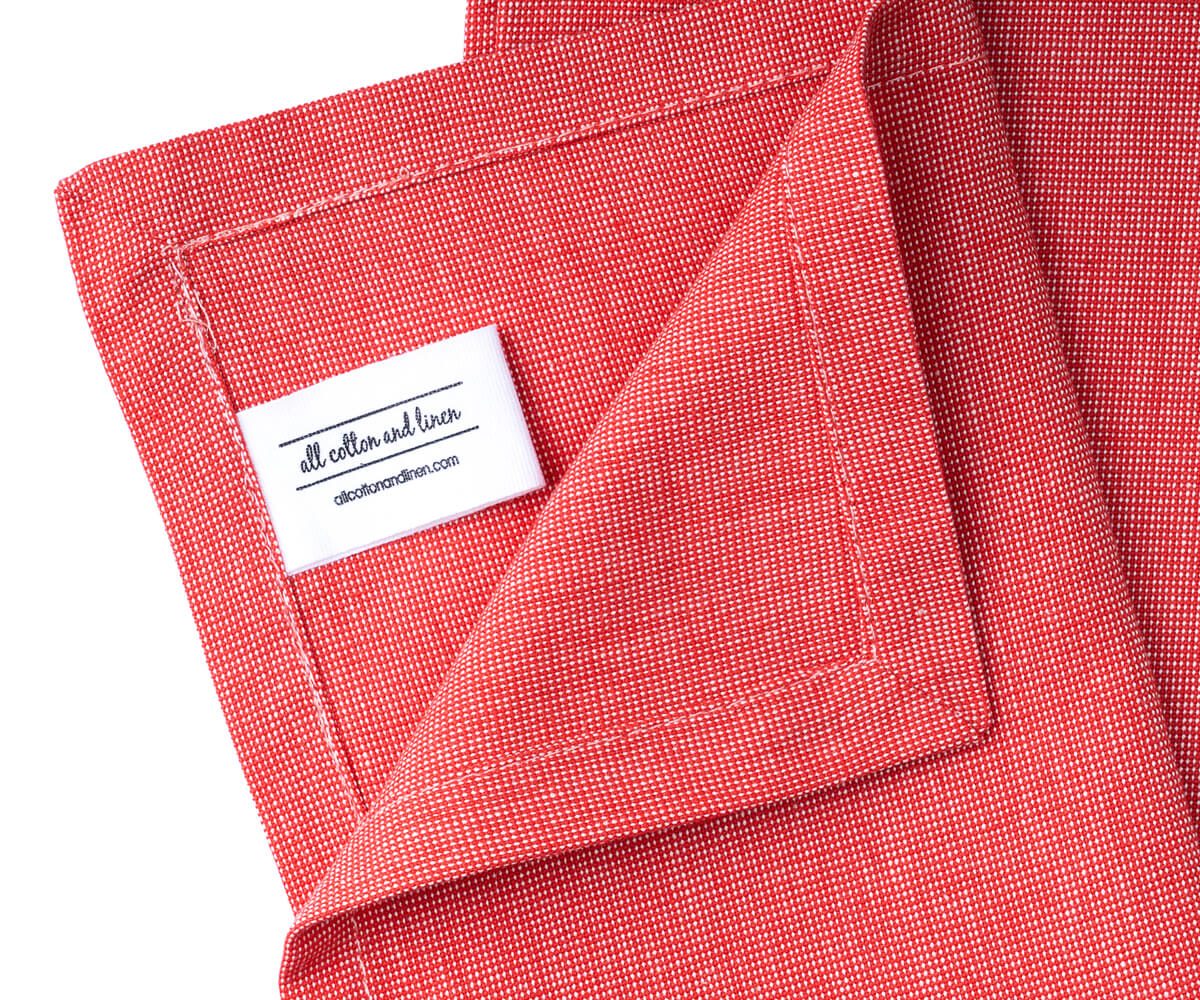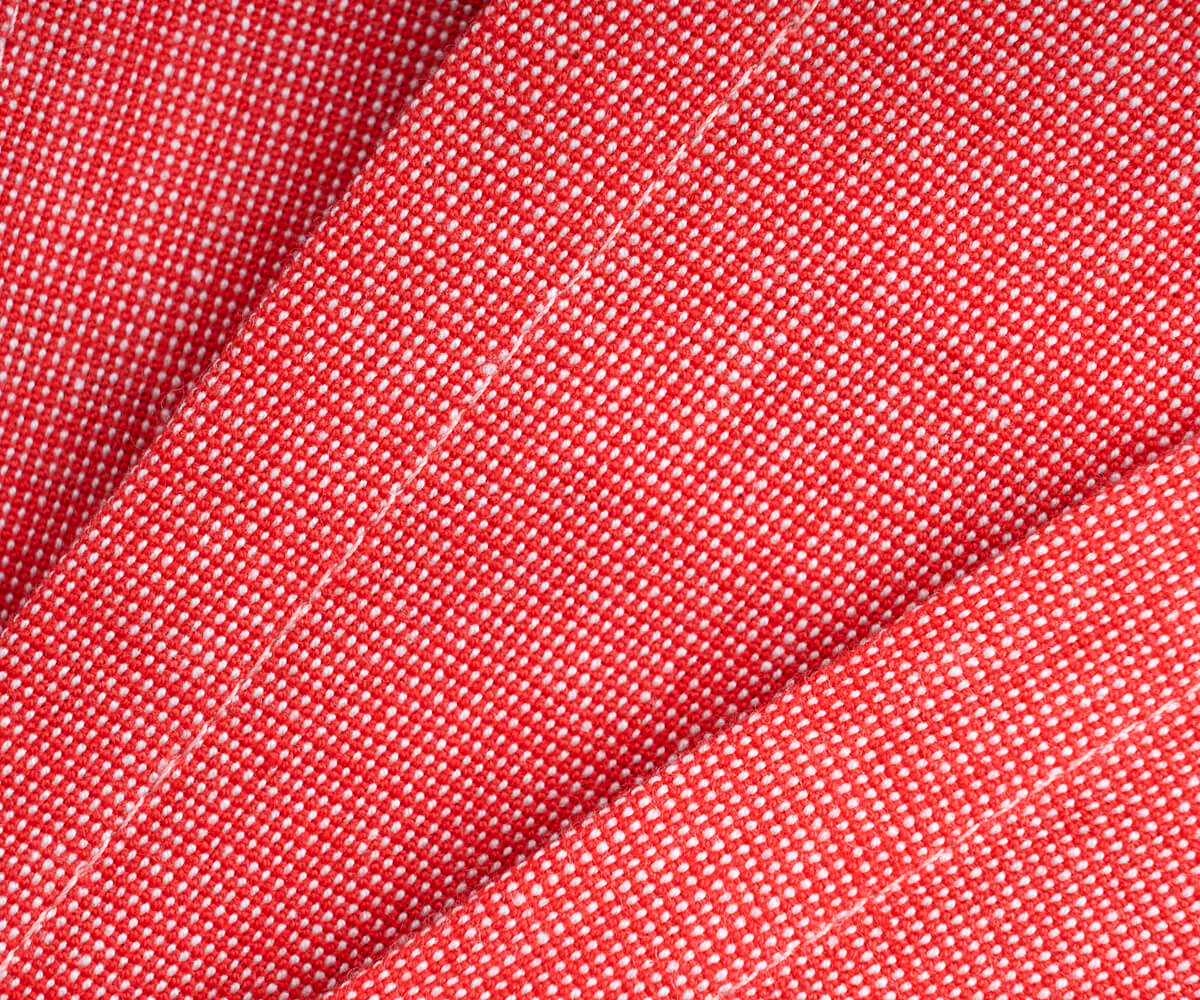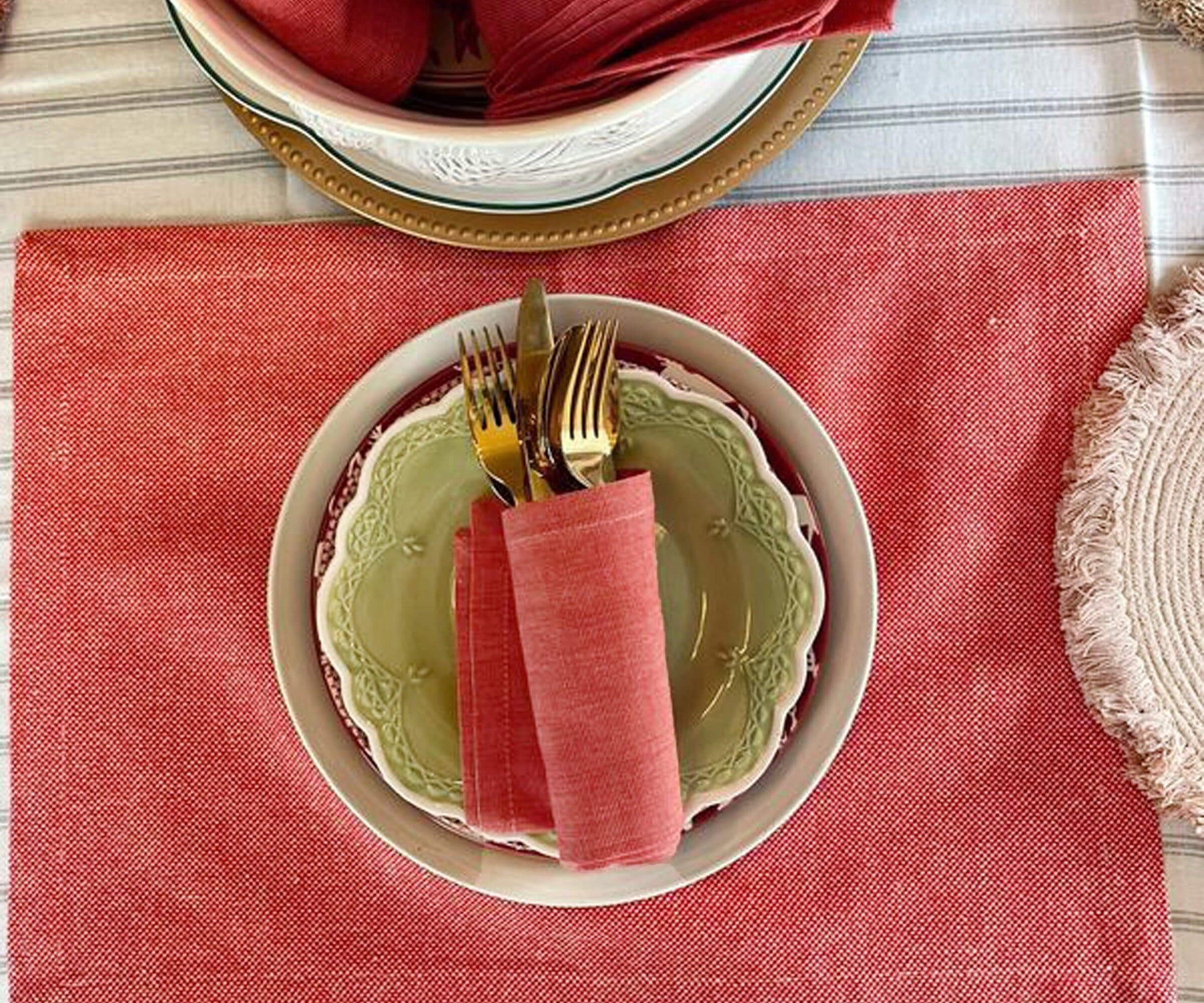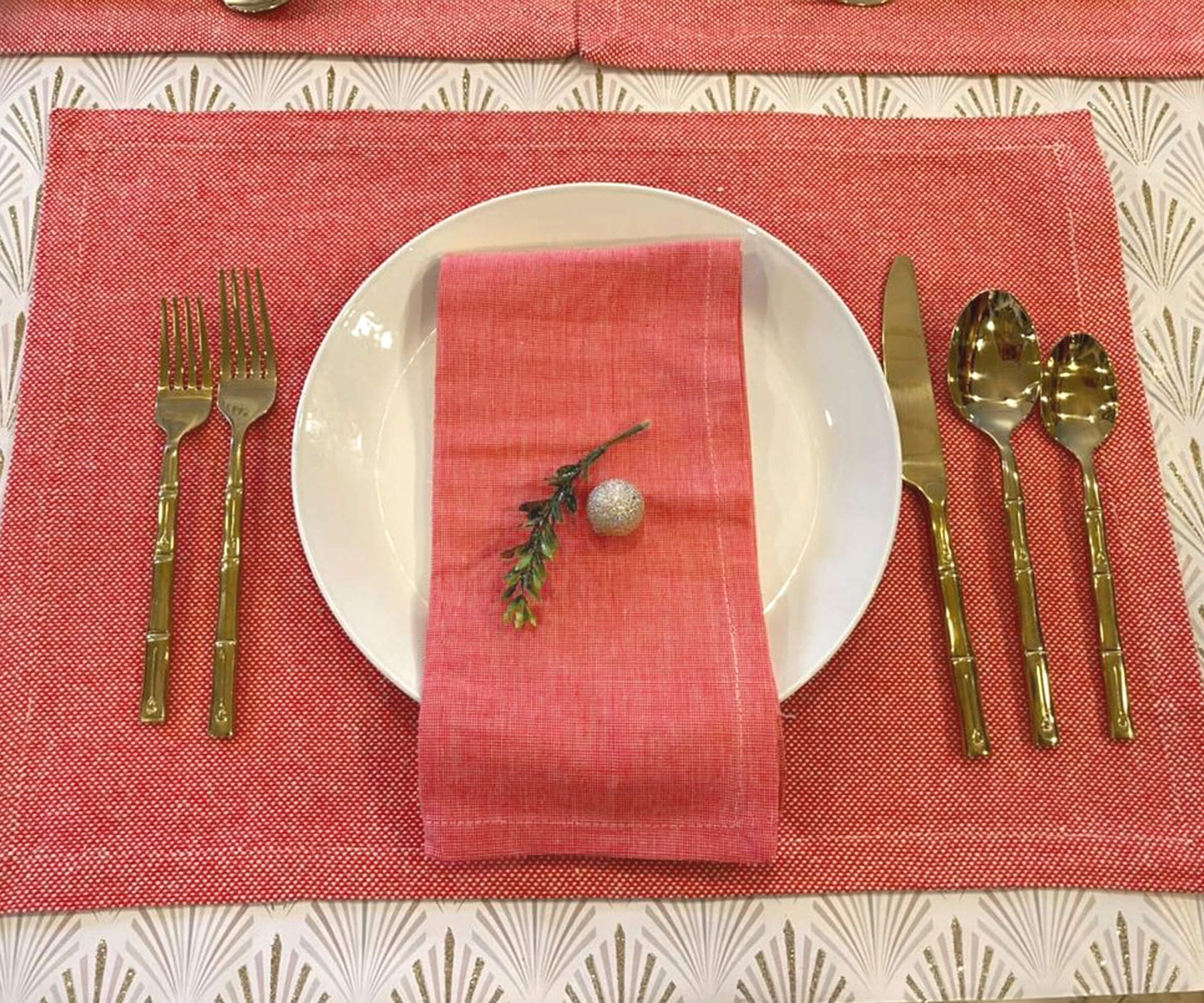Here’s your full, no-fluff breakdown of the most popular table linen fabrics in the market—what works, what wows, and what you’ll regret washing on hot.
🧵 Cotton
Cotton is that friend who always shows up—even if they’re wrinkled and a little frayed. Soft, absorbent, and reliable, cotton tablecloths, cotton napkins, and placemats are perfect for daily use or casual get-togethers.
Best For: Weeknight dinners, brunch with friends, homes that run on “we eat at the table.”
User Feedback: “I keep a stack of cotton napkins in the kitchen drawer. They’ve seen it all—chili, wine, toddlers—and they’re still kicking,” says Liz B. from Austin.
Downside? Wrinkles like a 2003 band tee. Iron if you care. (Spoiler: You probably won’t.)
You May Also Like: Eco-Friendly Hosting Tips with Cotton and Linen
🧼 Polyester
Got kids? Dogs? Guests who spill drinks like it’s a hobby? Say hello to polyester. It’s budget-friendly, stain-fighting, and doesn’t wrinkle if you stare at it too long (unlike cotton).
Pro Tip: Go for blended fabrics like poly-cotton if you want the softness of cotton with the wash-and-wear magic of synthetic.
Expert Insight: “Polyester has come a long way. Modern weaves feel less plasticky and more polished,” says designer Tina Maldonado.
Best For: Family dinners, outdoor cookouts, renters with minimal closet space.
Find Out: How to Personalize Napkins for Your Next Dinner Party
🌾 Linen
Linen is the type of fabric that says, “Yes, I make sourdough,” even if you bought yours from Trader Joe’s. Lightweight, naturally textured, and absorbent, linen is ideal for those cozy-meets-casual dinner vibes.
Pro Insight: “Stonewashed linen looks broken in and feels softer. It’s perfect for layering textures on a table,” says food stylist Erika Long.
Catch? It wrinkles like it owes the IRS money. But some call that "character."
Know About: Top Wedding Decor Trends Using Linen 2025
🪵 Bamboo & Jute
These aren’t your soft, napkin-style linens—but they look great. Bamboo placemats and jute table runners give off earthy, boho vibes while doubling as crumb-hiding champs.
Best For: Outdoor brunches, coastal kitchens, or any space with a plant named Fern.
User Review: “My bamboo placemats are five years old and still look great—plus, they don’t mind when my cat sleeps on them,” says Greg, Brooklyn cat dad.
Heads-up: These are more decorative. Definitely don’t try to wipe your mouth with jute.
🧽 Vinyl & PVC
Let’s be real—sometimes you just need table linens that don’t care. That’s where vinyl steps in. Waterproof, wipeable, and endlessly practical, vinyl placemats are your secret weapon for kid parties or pasta night.
Bonus: Lots of designs imitate fabric textures, so you can fake the fancy without risking your actual linens.
Caution: May not survive heat—don’t put a hot pot directly on them unless you enjoy the smell of melted regret.
🧻 Paper
For parties, BBQs, or situations where you know cleanup will be chaos, paper has its place. It’s cheap, cheerful, and doesn’t ask for a spin cycle.
Best For: Kid birthday parties, outdoor events, lazy Saturdays with takeout.
Pro Tip: You can get compostable paper placemats now, which your eco-conscious friend will love.
🧵 Leather & Faux Leather
Not just for jackets and bar stools anymore—leather placemats are rising in popularity for modern, moody table settings. They’re durable, easy to wipe clean, and look sharp, especially in black, brown, or grey tones.
Expert Insight: “Faux leather placemats are trending right now—they’re sophisticated but super low-maintenance,” says lifestyle blogger Nate S.
Don’t Try: Folding them. These aren’t the kind of napkins you roll into swans.
Final Fabric Cheat Sheet (for the skimmers):
|
Fabric |
Best For |
Top Products |
|
Cotton |
Everyday meals |
Tablecloths, napkins |
|
Polyester |
Spill-heavy households |
Placemats, runners, napkins |
|
Linen |
Casual rustic dinners |
Runners, tablecloths |
|
Bamboo/Jute |
Boho & nature-themed decor |
Placemats, runners |
|
Vinyl/PVC |
Kid parties, messy meals |
Wipeable placemats, waterproof table covers |
|
Paper |
One-time events |
Disposable placemats, rolls |
|
Leather/Faux |
Stylish, modern setups |
Rectangular placemats |
|
Blends (poly-cotton, linen-rayon) |
Balanced performance & feel |
All table linens |
One Last Bite
There’s no perfect table linen fabric—just the one that fits your life (and your laundry habits). Whether you’re all about that rustic linen vibe or you just want something to catch taco drips, knowing your fabric options helps make your table setting feel less like a Pinterest fail and more like you.
So next time someone asks what you bring to the table, feel free to say “knowledge of napkin fabrics.” Because honestly? That’s pretty impressive.

